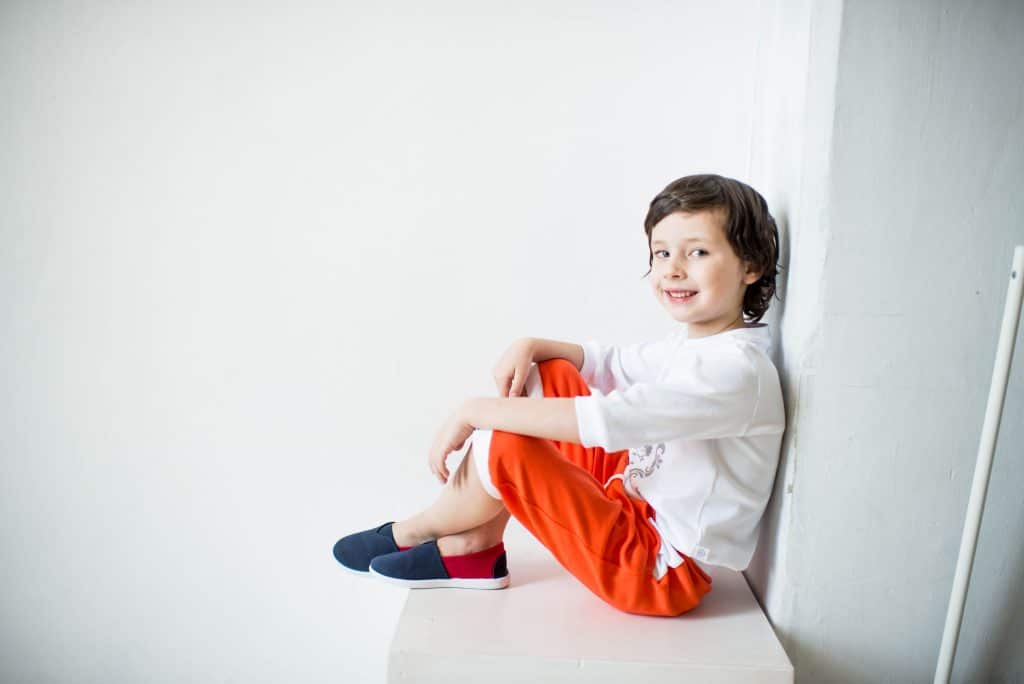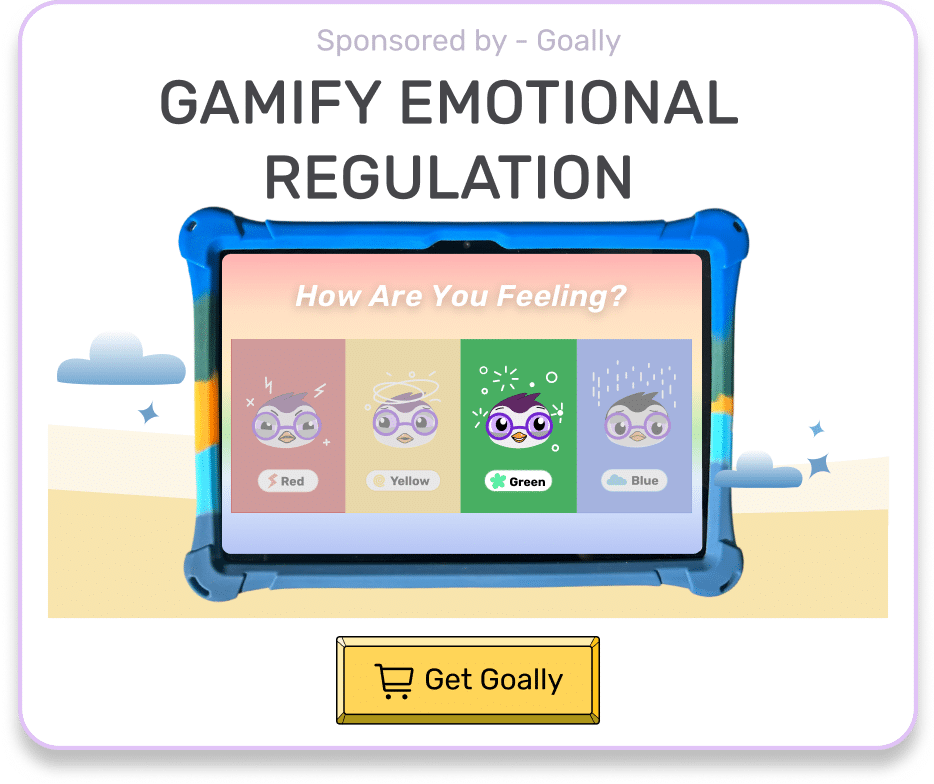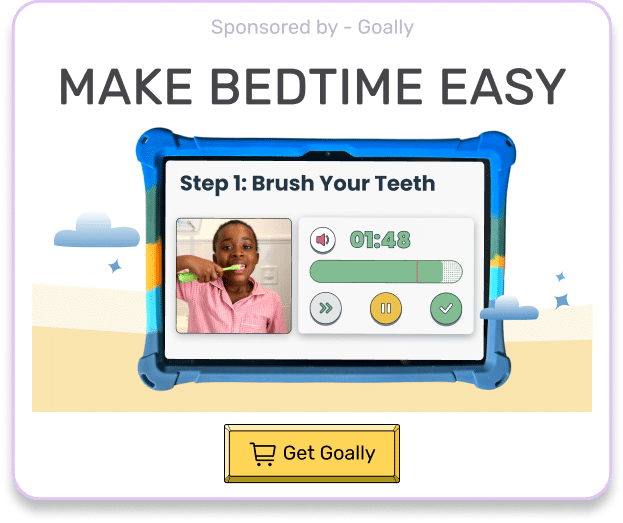Has your child been struggling with everyday activities, leaving you wondering if it’s more than just a phase? Sensory processing disorder (SPD) might be the answer. In this post, we’ll delve into the signs of sensory processing disorder, equipping you with the knowledge to better understand and support your child’s unique challenges. We’ll discuss the different types of SPD, common symptoms, and how to seek professional help. With this information, you’ll be better prepared to help your neurodivergent child thrive.
Table of Contents
Types of Sensory Processing Disorder
Firstly, it’s essential to understand that SPD is not a one-size-fits-all condition.
There are three primary types of SPD, each with its unique characteristics:
- Sensory Modulation Disorder (SMD): Difficulty regulating the intensity of sensory input, leading to over- or under-responsiveness.
- Sensory-Based Motor Disorder (SBMD): Difficulty with balance, coordination, and planning movements.
- Sensory Discrimination Disorder (SDD): Difficulty accurately interpreting sensory information.

Read more: What is Sensory Processing Disorder?
Recognizing the specific type of SPD your child may have can help you better understand their needs and provide targeted support. Goally’s learning tablet and apps can be a valuable resource for parents of neurodivergent kids, offering tailored solutions to address their unique challenges.
Common Signs of Sensory Processing Disorder
Now that we’ve covered the types of SPD let’s dive into the signs. Keep in mind that each child is different, and symptoms may vary.
However, some common signs of sensory processing disorder include:
- Overreaction to sensory stimuli: For example, a child may be susceptible to sounds, textures, or smells.
- Underreaction to sensory stimuli: In contrast, some kids may not respond to sensory input as expected, such as not reacting to pain or temperature changes.
- Difficulty with motor skills: Kids with SPD may struggle with tasks requiring coordination, balance, or fine motor skills.
- Challenges in social situations: Sensory processing difficulties can make it hard for children to navigate social interactions, leading to anxiety or withdrawal.
It’s essential to remember that not every child who exhibits these symptoms has SPD. However, if you notice a pattern of sensory-related challenges, it’s worth investigating further.

Identifying the Signs in Your Child
To clarify, observing your child’s behavior is the first step in identifying the signs of sensory processing disorder. Take note of any sensory sensitivities, motor skill difficulties, or social challenges that seem consistent. Moreover, consult with teachers and caregivers who interact with your child regularly to gain a broader perspective.

Read more: Sensory Processing Disorder is More Thank Just One Thing
If you suspect your child may have SPD, seeking professional help is crucial. Consult with a pediatrician, occupational therapist, or other specialists for a comprehensive evaluation. They can help determine what are the signs of a sensory processing disorder in your child and provide guidance on the best course of action.
Supporting Your Child with Sensory Processing Disorder
Above all, it’s crucial to remember that kids with SPD can thrive with the proper support.
Here are some tips to help your kid manage their sensory processing challenges:
- Create a sensory-friendly environment: Make adjustments to your home to minimize sensory triggers, such as reducing noise, using soft lighting, and providing comfortable clothing and bedding.
- Encourage sensory breaks: Allow your child to take breaks from overwhelming environments to regroup and recharge.
- Develop coping strategies: Work with your child to identify techniques that help them self-regulate, such as deep pressure, fidget tools, or calming activities.
- Seek professional support: Occupational therapy, physical therapy, and other interventions can help your child develop the skills they need to manage their sensory processing challenges.
Goally’s learning tablet and apps can also be a valuable resource in supporting your child’s sensory processing needs. With tailored solutions and engaging content, Goally can help your child develop the skills they need to succeed.
Goally | Apps To Support Child Development
Looking for fun ways to help your child learn life skills? Try Goally! The Goally tablet comes with award-winning learning apps and video classes to help kids develop the skills they need to become independent with FUN & evidence-based practices.

Our apps teach executive function, language, emotional regulation, finger dexterity skills, and more.
As your child develops new skills, you can increase the difficulty level of the tasks in the app to challenge and motivate them even further. This helps your child grow and progress at their own pace, while also keeping them engaged and excited about their development.

In short, understanding the signs of sensory processing disorder is the first step in supporting your neurodivergent child. By recognizing the symptoms, seeking professional help, and implementing strategies to manage sensory challenges, you can empower your child to reach their full potential. Remember, you’re not alone on this journey, and there’s a community of parents and professionals, including Goally, ready to support you and your child.
FAQ’s About Signs of Sensory Processing Disorder
What are common signs of sensory processing disorder in children? Typical signs may include oversensitivity to sensory input, discomfort with textures, and difficulty with transitions. How can visual schedules help children with sensory processing disorder? Visual schedules provide predictability and structure, aiding children in managing sensory challenges and transitions. Are there specific emotional regulation apps for kids with sensory processing disorder? Yes, there are apps designed to help children with sensory processing disorder better manage their emotions and sensory experiences. Can rewards be effective in addressing sensory processing challenges? Rewards can motivate children with sensory processing disorder to participate in activities they find challenging, promoting positive behavior.
This post was originally published on 05/24/2023. It was updated on 05/01/2024.

Goally
We help parents teach their kids life skills, like doing bedtime and morning independently. Backed by science, we incorporate evidence-based practices and expert-informed designs in all of our apps and content.





